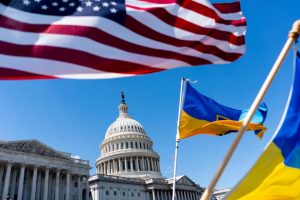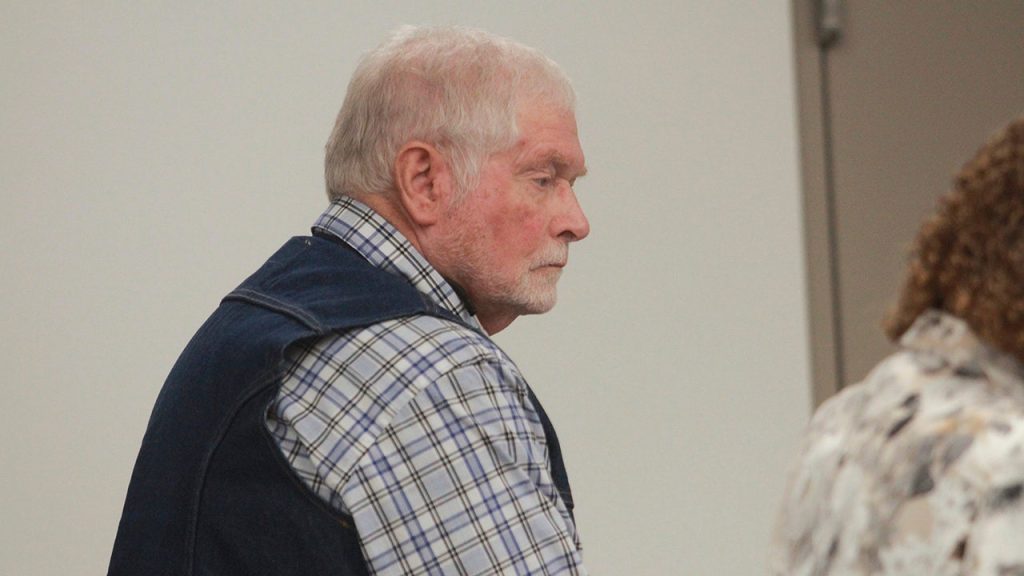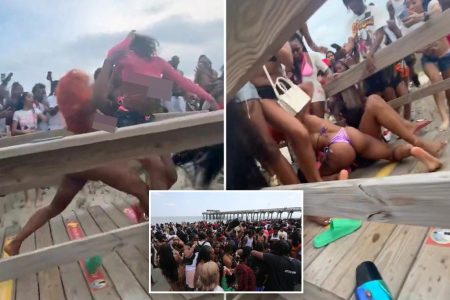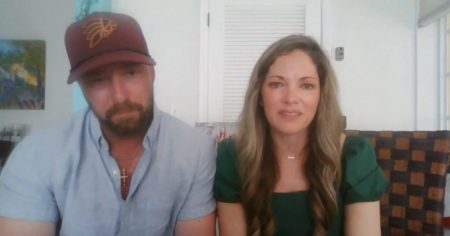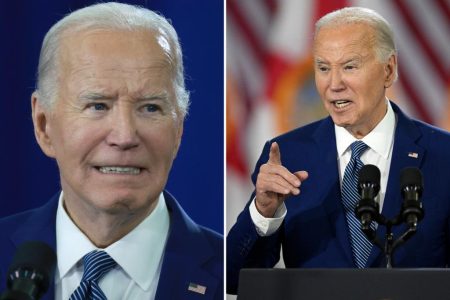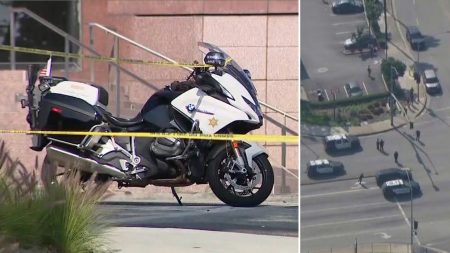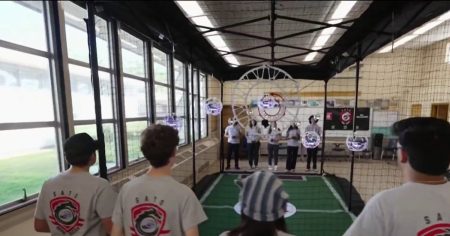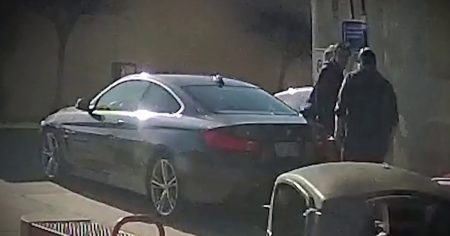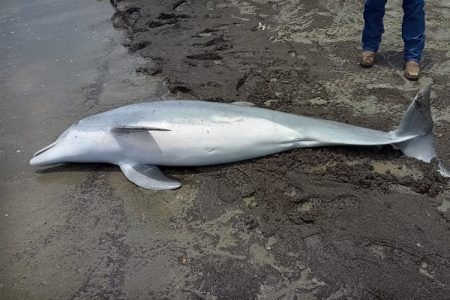In a high-profile case involving Arizona rancher George Alan Kelly, a mistrial was declared after the jury failed to reach a unanimous decision to convict Kelly of second-degree murder or any of the lower counts of manslaughter, negligent homicide, or aggravated assault with a deadly weapon. The defense team confirmed that there was one holdout juror who wanted to convict, while the remaining jurors sought an acquittal. The jury deliberated for more than 15 hours before ultimately remaining deadlocked. Despite the mistrial, the state has the option to potentially retry the case.
The defense argued that the prosecution failed to prove that Kelly shot Mexican national Gabriel Cuen-Buitimea, who was found dead on Kelly’s ranch. Kelly’s attorney claimed that Kelly only fired warning shots into the air earlier in the day from his patio and that his wife had alerted Border Patrol about armed men near their property. The defense also raised concerns about cartel influence in the investigation, pointing to irregularities in law enforcement procedures and inconsistencies in witness testimony. A criminologist working for the defense criticized the sheriff’s handling of the case and accused him of bias.
Testimony in the trial revealed that the fatal bullet was never recovered from the scene, and none of the state’s witnesses provided any rebuttal testimony against the defense theory that a rip crew could have been responsible for the shooting. The prosecution argued that Kelly used deadly force without justification when he saw two unarmed men near his property. The defense maintained that Kelly, as an elderly rancher in a remote location, had the right to defend himself and his wife using lesser force. The mistrial has left the case unresolved and uncertain as to whether it will be retried in the future.
The defense consultant for George Kelly’s case raised serious concerns about the conduct of law enforcement in the investigation and accused the sheriff of violating Mexican law and United States State Department protocols in his actions following the shooting. The consultant also called for an investigation into the sheriff’s department and vowed to bring the matter to the attention of the state’s attorney general’s office. The defense emphasized the lack of thorough investigation and preservation of evidence in the case, which they argued contributed to the uncertainty surrounding what had happened to the deceased.
The mistrial in the George Kelly case reflects the challenges faced in seeking justice and clarity in complex legal cases. With conflicting evidence, witness testimony, and concerns about bias and cartel influence, the resolution of the case remains uncertain. The defense’s assertion that Kelly acted in self-defense while the prosecution claimed the use of deadly force was unjustified adds to the complexity of the legal proceedings. The mistrial highlights the difficulties in reaching a consensus in cases involving high emotions and conflicting narratives, leaving the future of the case unclear.
Despite the mistrial, George Kelly and his defense team remain steadfast in their fight for justice and to clear Kelly’s name. The unresolved nature of the case, the lack of conclusive evidence, and the concerns raised about the investigation and prosecution underscore the challenges faced by both sides in seeking a just outcome. The mistrial raises questions about the reliability of the legal process and the need for thorough investigation and fair trial procedures to ensure accountability and justice for all parties involved. The case of George Kelly exemplifies the complexities and uncertainties inherent in legal proceedings and the pursuit of truth and justice in controversial and high-profile cases.


